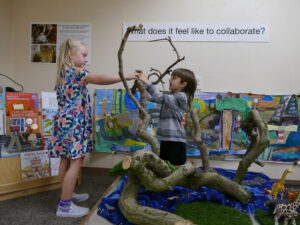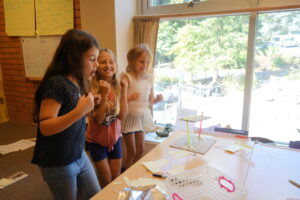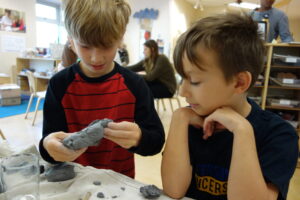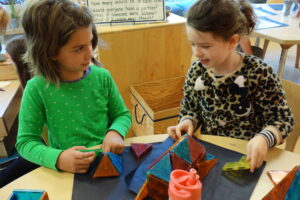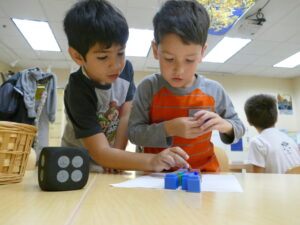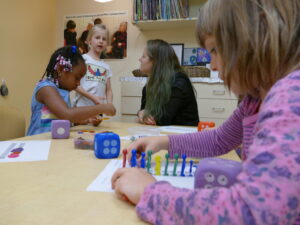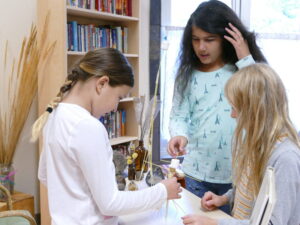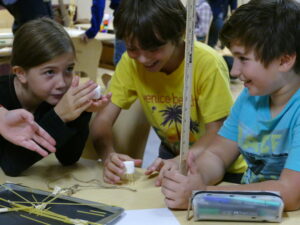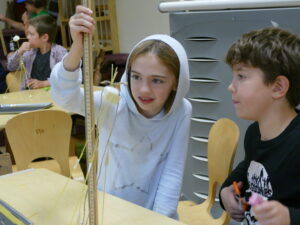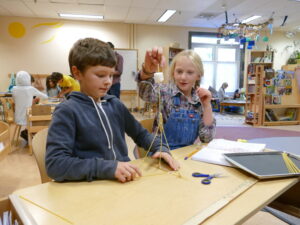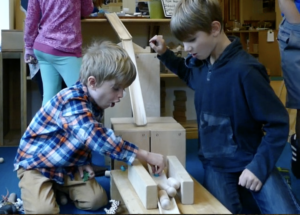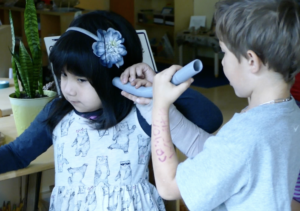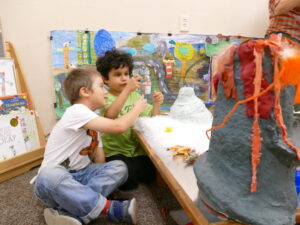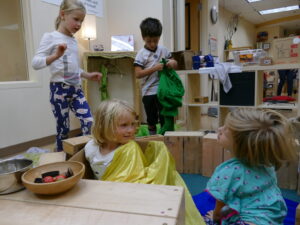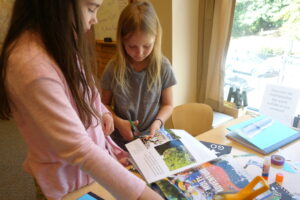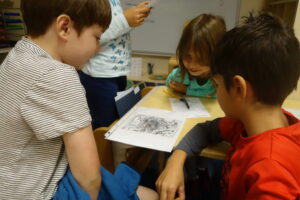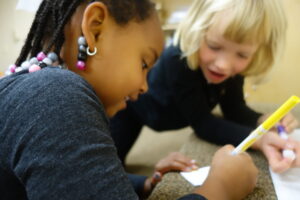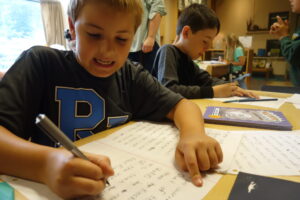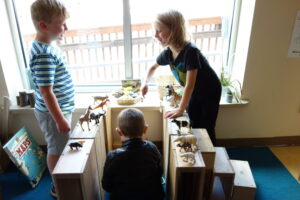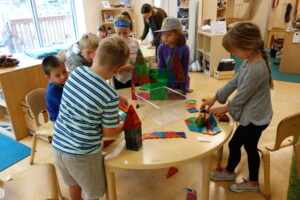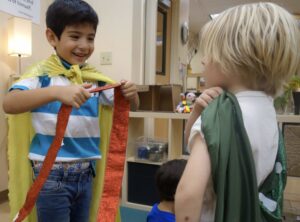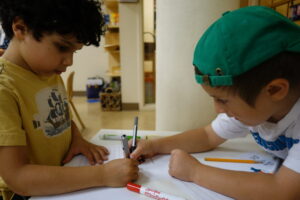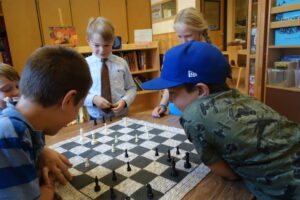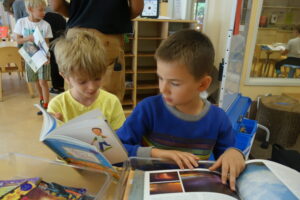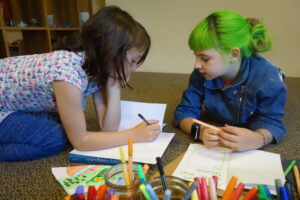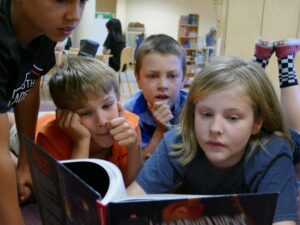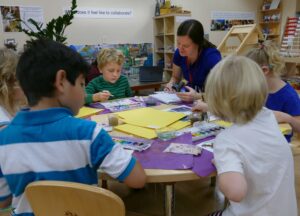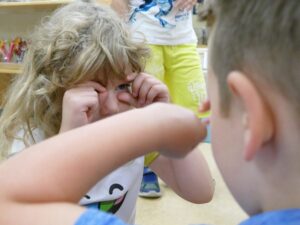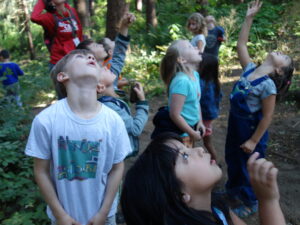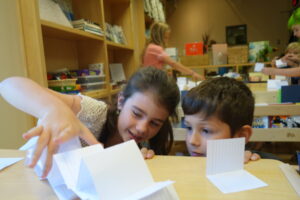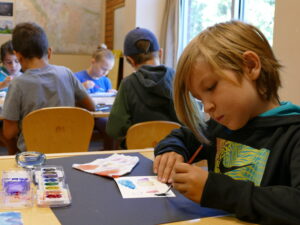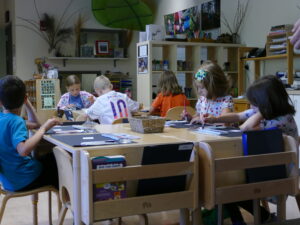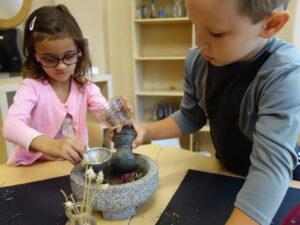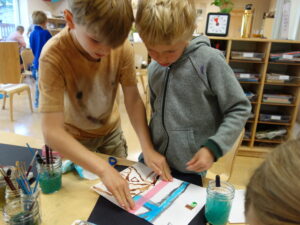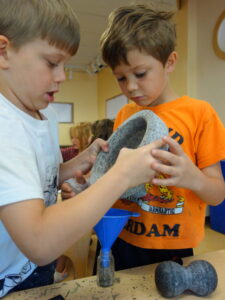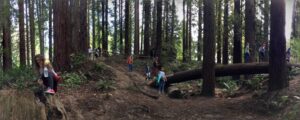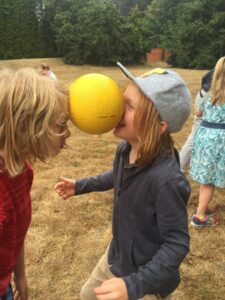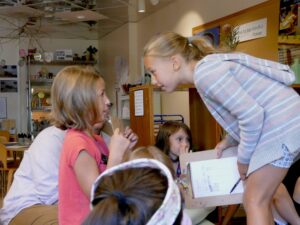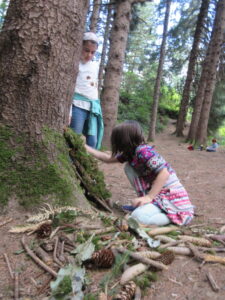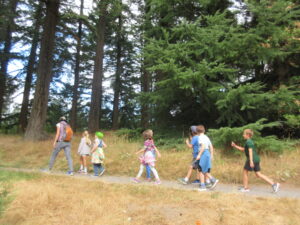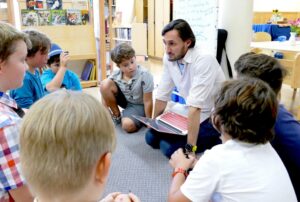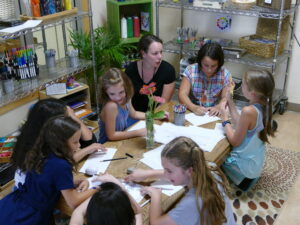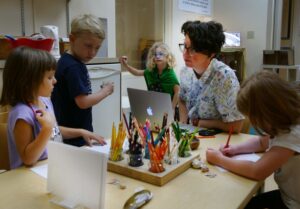The Space Between Us
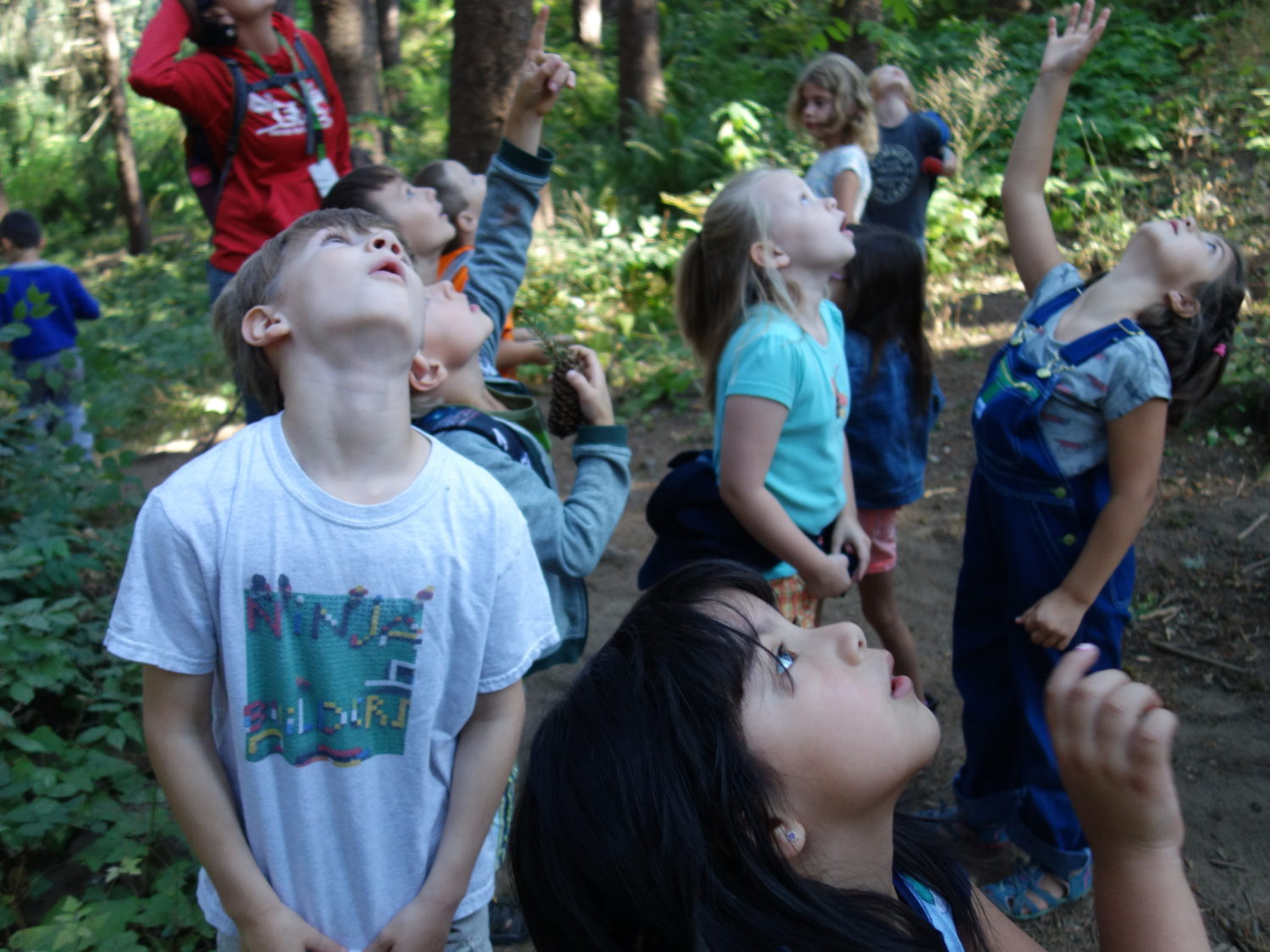
I couldn’t sleep Tuesday night, and when I compared notes the next morning with my colleague Mary Gage, she said she couldn’t sleep either. We were both replaying that night’s Back to School Night over and over again, dwelling on missed opportunities and missed connections.
At 2am, my mind was looping the things I wish I’d said or done so I tried to make a shift. I read somewhere it’s neurobiologically impossible to be grateful and anxious at the same time. I think it’s something Brené Brown said, and I may be overstating it, but I decided to give it a go and let my gratitude take over. Moments later, I fell asleep.
We experimented with a new idea at Back to School Night. As Mary Gage and I were planning the agenda and considering all the ways to welcome families, we made an unusual choice. We decided that, in gathering all of the parents together for the first time this school year, we would focus on our school’s values for the first hour followed by discussions in classrooms with teachers and parents about the intentions for the year for the second hour. This squeezed out other important topics: it felt risky, yet necessary.
It felt like a way to “live our values,” the core beliefs from which our school was born. Our hope is that our values aren’t static; instead, we see them as vital to our work each day. They guide our interactions with the children, their families, and each othe. They don’t exist in isolation from the life of the school.
- A powerful image of the young child as intelligent, creative and capable with gifts and abilities that the world needs.
- A belief that children play a central role in their own learning, and that learning is central to the health of our democracy.
- A deep respect for differences however they may be expressed, and a belief that diversity strengthens community.
- A belief that listening, dialogue and exchange open doors to unimagined possibilities, and that school is where we learn to walk through them with courage.
- A view that learning happens when people form relationships with one another, ideas, materials and the environment.
- A belief in the rights of children, families and educators to participate together in forming and shaping rich environments of learning, challenge and choice.
Our values are aspirational. That’s one bit I really wished I had remembered to say to the families. As teachers, our values help us calibrate our ways of being, yet as humans, we misfire all the time. But mistakes provide useful information, they’re signals that we are out of alignment with our core beliefs.
Our hope is that our values aren’t just meaningful to the teachers and children but that they support the families’ observations and interactions, too. So, as social constructivists, we invited families to think in ways that we think together as a staff and with children. We invited them to practice being in dialogue, making connections and reflecting on stories with us. And, in many ways we were surprised. Perhaps this contributed to my atypical bout of insomnia, too!
As I imagined the evening, I felt really unsure about how it would unfold. After we read the values, we used the “Quaker Reading” protocol. This is how it worked: We asked the families to call out (popcorn-style) words or phrases that struck them, surprised them, confused them or resonated with them. Anticipating that it may be a dud, I planted a seed that sometimes when we practice this protocol, there can be long pauses, and that culturally we might not be comfortable with silences.
To my surprise, families jumped right in. It was really beautiful to hear the voices of our community connect with our values in such a genuine and open way. About two dozen people, both new and returning to our community, spoke out. When there is so much brokenness in the world around us, it felt revitalizing to witness a group of adults, gathered together for the first time, connecting around a set of bold ideas, calling out words or phrases with a breath between each one for a moment of resonance:
…equity and inclusion…
…courage…
…the rights of children…
…deep respect…
…challenge and choice…
…central to the health of our democracy…
We often say “our intentions guide our attention.” Just like leaning into a place of gratitude might ease an anxious mind, our values can guide our ways of being in this community. They can also offer a lens for seeing what’s possible in schools. The families were asked to look for our values reflected in a slideshow of images from the first weeks of school, and they shared that they saw curiosity, engagement, friendship, collaboration and so much more.
Building on this dialogue, the teachers offered sneak peeks from the classrooms, stories tied to different values in order to attach more meaning, and furthering this idea that our values don’t live on a shelf; they live in the space between us. I look forward to many more sleepless nights of anxious gratitude as our community continues to construct meaning about what we value.
Updated!

